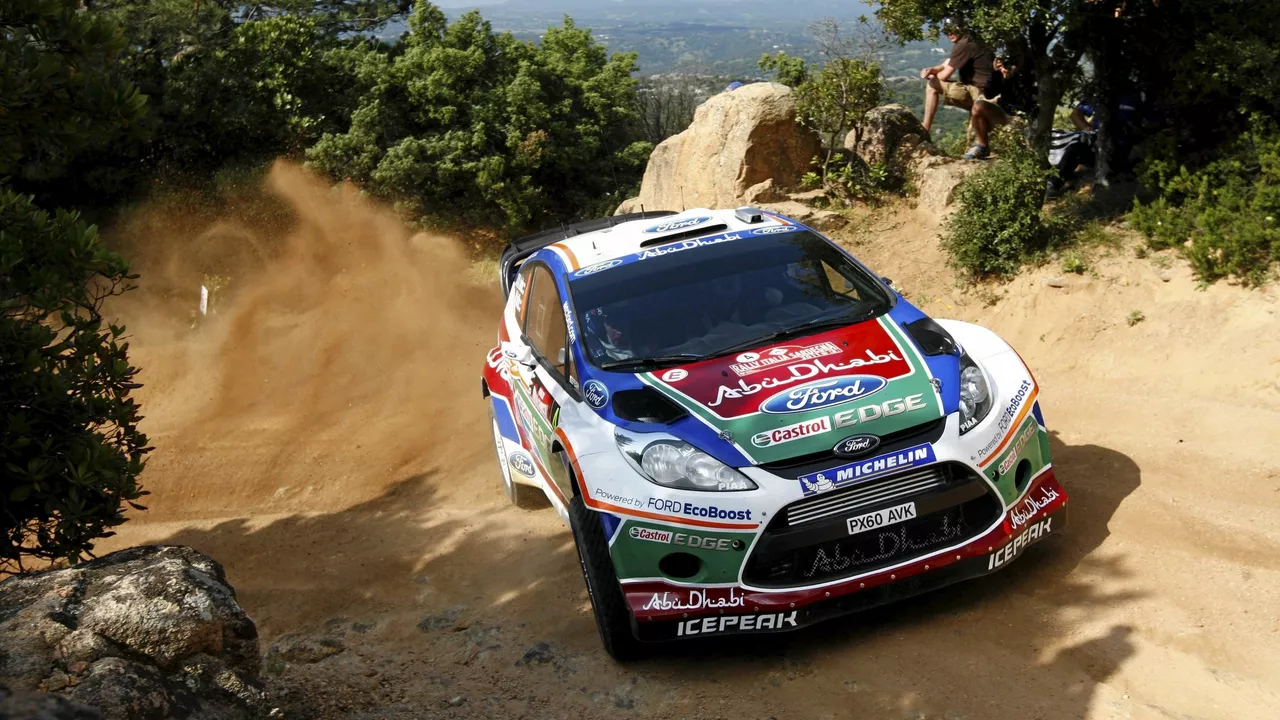Driving Conditions in Rally Racing: What You Need to Know
If you’ve ever watched a rally car slide through a puddle of mud or power up a snowy hill, you know that the surface under the wheels can make or break a run. Unlike circuit racing where the track is predictable, rally drivers face a new terrain every stage. Understanding how rain, gravel, snow, and even extreme heat affect grip, handling, and speed is the first step to mastering the sport.
Know Your Surface: Gravel, Mud, Snow, and Asphalt
Gravel stages are the most common in rally events. The loose stones bite into the tires, so you’ll want a softer compound and a slightly higher ride height to keep the undercarriage clear. Mud is a whole different beast—its suction can lock the rear wheels, so many drivers use a gentle handbrake tap to keep the car pointed where they want. Snow stages demand a balance between traction and slide control; winter tires with deep tread are a must, and you’ll often hear drivers talk about “reading the snow” like a co‑pilot reads pace notes.
Asphalt stages feel familiar to most drivers, but rally cars are still tuned for rapid direction changes. A smoother surface means you can push the brakes later, but you also lose the ‘wiggle’ that helps rotate the car on loose ground. Adjust your suspension stiffness accordingly—softer for rough, harder for flat tarmac.
Weather Plays a Bigger Role Than You Think
Rain can turn a gravel road into a slick river of mud in seconds. The key is to stay light on the throttle and let the tires find their bite. Fog isn’t just a visual challenge; it can hide dangerous bumps, so keep your pace notes crisp and trust your co‑pilot’s voice. In hot conditions, tires heat up fast, losing grip. Many teams will swap to a harder compound or add a few extra laps of cooling before a stage.
One practical tip: always check the forecast before a rally weekend and pack spare tires for each condition. A driver who swaps a wet‑weather tire for a dry one at the wrong moment can lose seconds—or end up in a ditch.
Finally, remember that driving conditions aren’t static. A stage can start dry and end soaked, especially in mountainous regions where clouds roll in quick. Adapt on the fly by adjusting brake pressure, throttle input, and steering angles. The best drivers treat every change as a puzzle rather than a setback.
Whether you’re a teen just getting into rally or a seasoned pro fine‑tuning a Group B replica, mastering driving conditions is non‑negotiable. It’s not just about speed; it’s about staying safe, keeping the car intact, and finishing the stage with a competitive time.
So next time you line up at the start line, take a moment to scan the weather, feel the road texture, and picture how your car will behave. A little forethought can turn a slippery surprise into a winning advantage.

Is FWD good for a rally?
After digging into the subject, it seems that FWD cars can indeed be suitable for rally racing. Many people appreciate their predictable handling and the fact that the weight is concentrated over the drive wheels, which can improve traction. However, whether or not FWD is the best choice really depends on the specific conditions of the race. While they may struggle in some off-road conditions compared to RWD or 4WD vehicles, FWD cars can certainly hold their own in a rally setting. So, don't write off FWD for rally just yet - with the right skills and conditions, they can be quite effective.